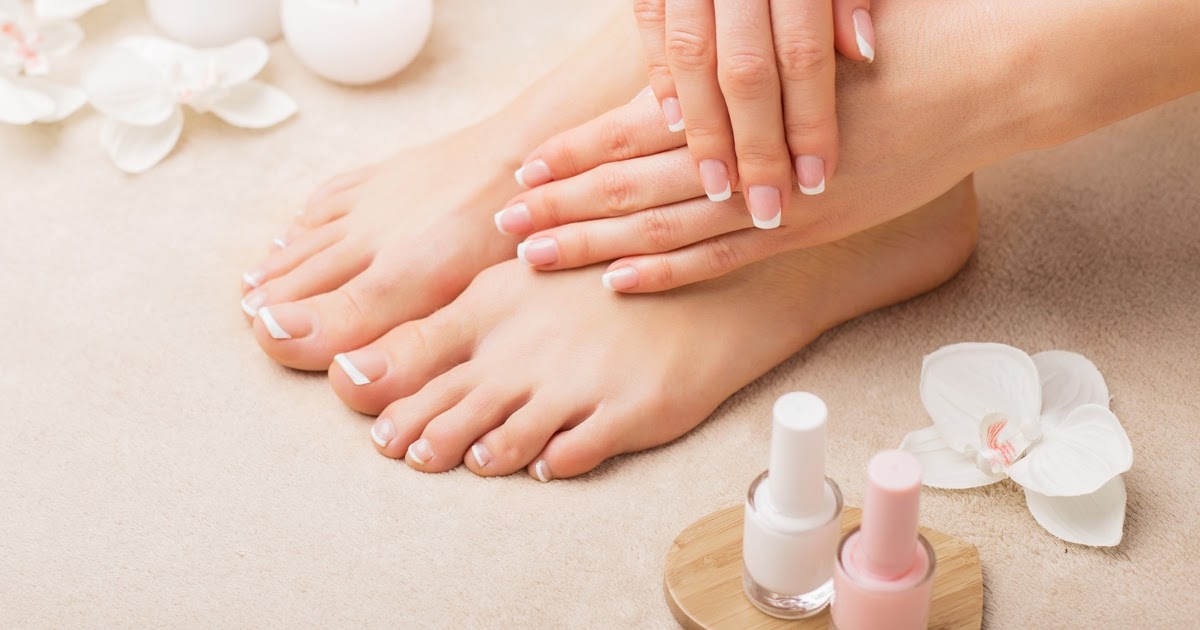Treatment Options For Nail Fungus
Nail fungus is a fungal infection that can cause thinning, thickening, or discoloration of the fingernails or toenails. The proper medical term for the infection is onychomycosis. It’s a fairly common condition, but it occurs more frequently in the elderly. It can also affect the skin on the feet and in between the toes. This condition is called tinea pedis, but is more commonly known as athlete's foot. Nail fungus can develop from conditions where nails are moist or wet for long periods. Examples include wearing the same pair of sweaty footwear every day or situations where fingernails are wet for hours at a time. Individuals can also contract the infection by walking barefoot in areas like a gym, pool, or locker room after an infected person walked through the same area. The condition can worsen over time and develop a foul odor. The nails may become brittle, deformed, or ragged at the edges. Treatment for nail fungus depends on its severity and can range from months of self-care measures to one-time surgical procedures.
Wear Medicated Nail Polish

Medicated nail polish may be prescribed for mild cases of nail fungus, as antifungal nail polish can treat the fungal infection and heal the damage. It can treat many symptoms of nail fungus, including brittleness, discoloration, or roughness. Treatment typically involves daily applications of the polish to the infected nails and surrounding areas. The duration and number of applications can vary depending on the severity of the condition, and it can take a few months or up to a year for completion. Patients should wear medicated nail polish if their infection isn’t advanced and they have the time and patience for daily applications over a long period.
Keep reading for details on the next treatment for nail fungus.